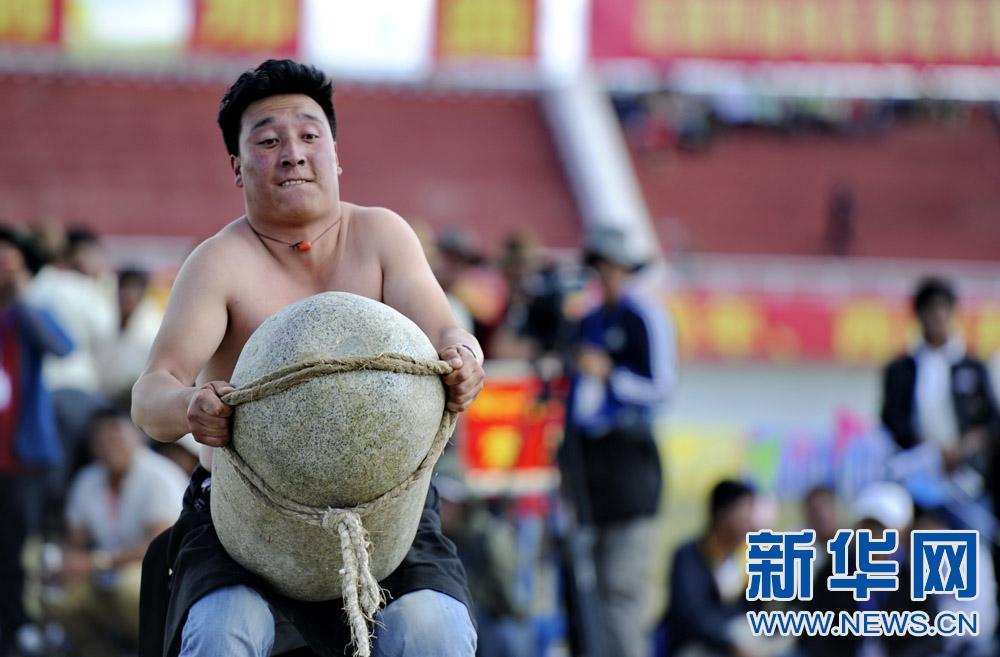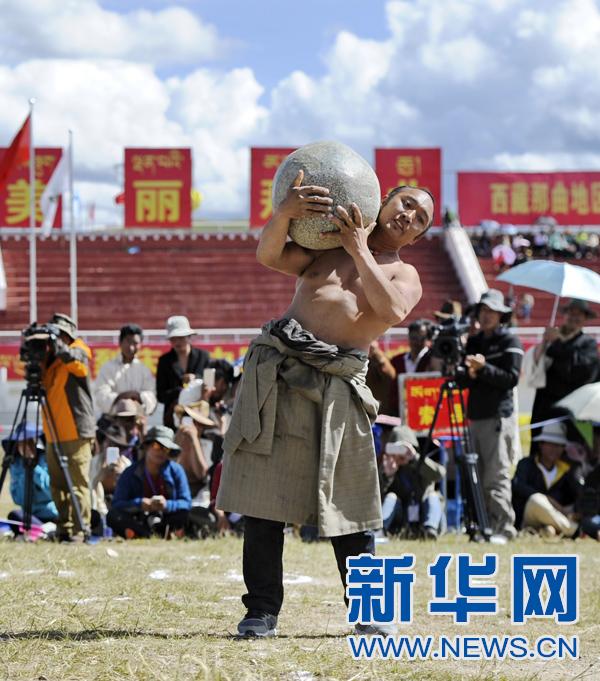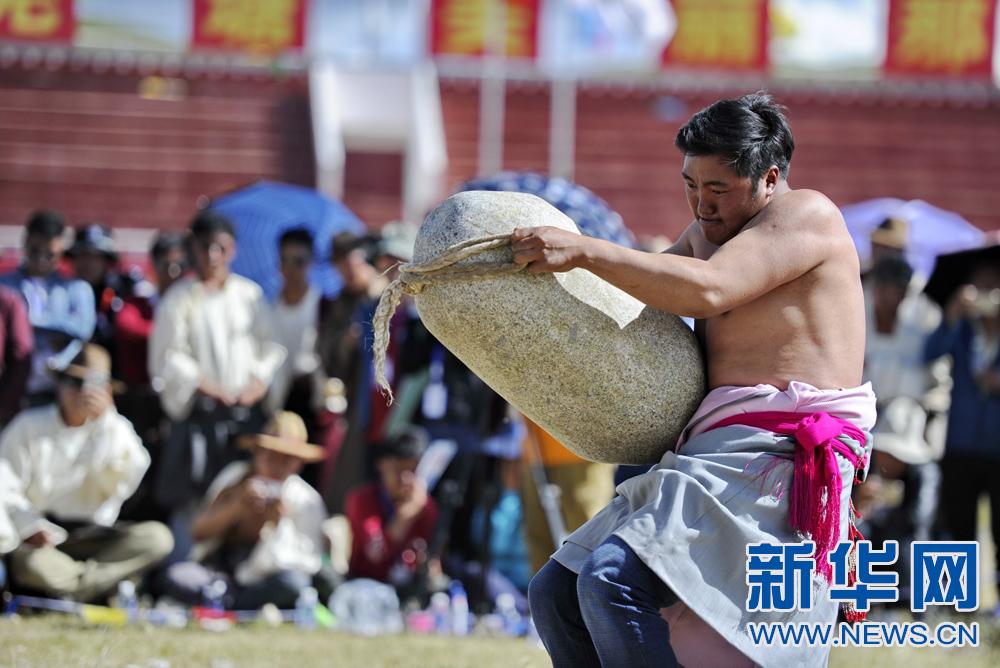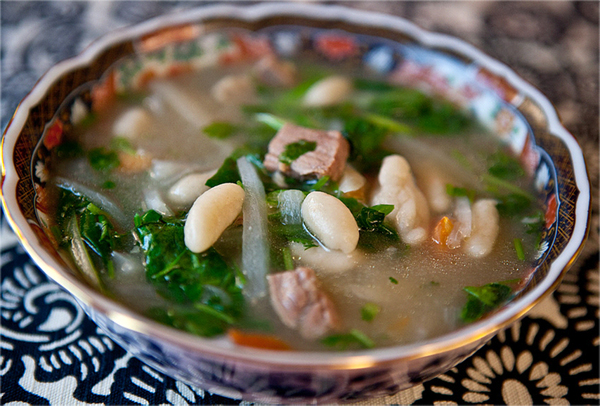The Tibetan sport of rock-carrying

Rock-carrying is a Tibetan sport where people compete with their arm strength. Initially, the sport came out of daily labor, gradually, it became a kind of entertainment and competition where one shows off his strength.
The sport is popular in farming and herding areas, and competitions are often during holidays or gatherings.

If one wants to win at the sport, he not only need a powerful physique and enormous strength, but also have good movement techniques and competitive experience. Winning the sport is the dream and a source of pride for every Tibetan man.
There are many ways to compete, here’s a few popular choices:
Type 1: Lifting a 150 kg rock or leather sack filled with sand, then moving the rock or the sack from the chest toward the shoulder, or from the armpit to the back, then walk in circles while carrying the rock or the sack; whoever walks the most circles wins.
Type 2: Carrying a rock, weighing from 100 to 150 kg, up to the shoulder, and then throwing it backwards; whoever throws it the furthest wins.
Type 3: After covering a rock weighing 100 to 150 kg with yak butter, making it slippery and hard to hold, the competitor bends at the waist to lift the rock and move it up his legs, stomach, shoulders, and finally throw it to the ground behind him, which would be considered a success.
Type 4: Also after covering a rock with yak butter, compete according to Type 1 or Type 2.
Type 5: The competitor carries the rock to one’s left or right shoulder, past the neck to the other shoulder, then to one’s chest, then back again; whoever manages the most rounds would win.

According to folklore, rock-carrying first appeared in the era of Songtsen Gampo. In the 15th century, it was listed as one of the “Nine Sports” all Tibetan men had to learn. The Jokhang Temple, the Samye Monastery, and the Potala Palace all featured murals depicting this traditional sport.
In 1982, at the fourth Games of Tibet Autonomous Region, rock-carrying officially became a performance category as a traditional Tibetan sport; and the competition followed the traditional rules.
Your Comment
Name E-mailRelated News
-
;
-
-

-
Tibetan tradition: eat Thukpa Bhathuk for the upcoming New Year
Traditionally, Dec, 29 is the New Year’s Eve on Tibetan calendar. All the Tibetan families will make a traditional food, “Thukpa Bhathuk”.
-
Based in Lhasa, Tibet Vista is a Tibet travel agency that specialized in Tibet permit, and Tibet tours for both private and group travelers at a local price!
•4 Days Lhasa City Group Tour from USD 460 •8 Days Everest Base Camp Group Tour from USD 850 •15 Days Mt.Kailash Group Tour from USD 1780 •2016 Tibet Train Tours from Beijing, Shanghai, Chengdu, Xining,etc










